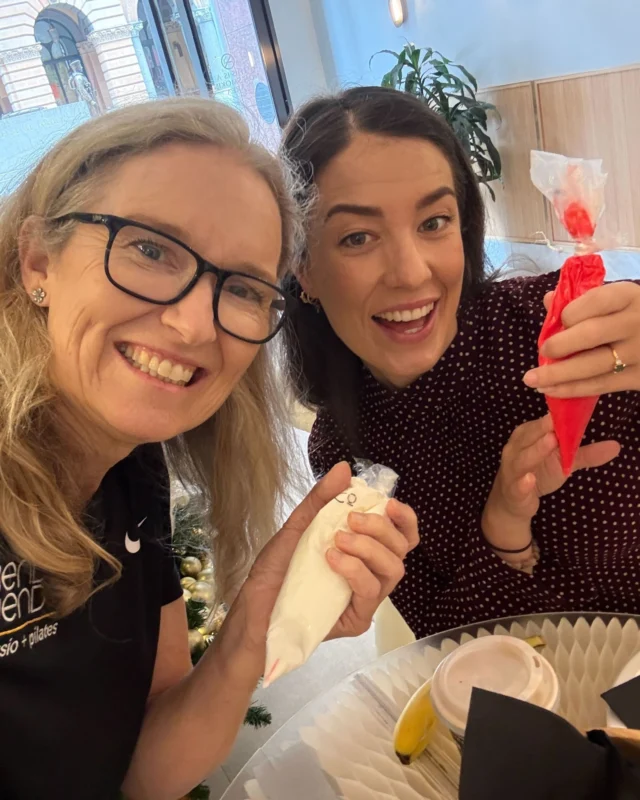I recently had a patient who had many years ago received groin surgery for “Gilmore’s Groin”, ironically from the man it was named after (yes, he’s still alive and working).
The man behind the name turns out to be Dr. Jerry Gilmore, London Groin and Hernia surgeon. First identified in 1980, Gilmore’s Groin can be referred to as sportsman’s hernia, however, it actually has no herniation (of abdominal contents) present at all. What is seen is an abnormal gap in the tissues between the junction of the leg and torso. The external oblique abdominal muscle attachment, inguinal ligament and conjoint tendon are affected and, in most cases, require surgery.
Here are the typical symptoms that Dr. Gilmore describes:
“Typical history is pain in the groin in the inguinal region. The symptoms are increased by running and especially sprinting. Also with twisting, turning and kicking.”
“After sport, the patient is usually stiff and sore for a few hours or even a few days.”
“The day after a game, the patient tends to get pain turning in bed or getting out of a bed or a car. The patient may also notice pain with coughing, sneezing or sit-ups.”
“There is a history of specific injury in only 30% of patients. Specific injuries include overstretching, abduction and eversion injuries. Symptoms usually indicate that it is a wear and tear injury.”
“20% of patients also get an adductor tear which causes pain in the adductor insertion area in the upper inner aspect of the thigh. It is made worse especially by kicking, twisting and turning.” (Physioroom.com)
This condition generally doesn’t settle with rest, so it’s off to the surgeon for a small incision and 4-6 weeks of gradual strengthening of the surrounding muscles with your Physiotherapist. Dr. Gilmore claims a 98% success rate of his open surgery in professional footballers, so it sounds like one procedure that you can approach with confidence.
Yet another reason to have lingering groin pain assessed properly and diagnosed accurately.






Hi. I had a gilmores groin operation 13 years ago at Gerry Gilmore’s clinic in the UK. and given current symptoms I think i have a reoccurrence. What are my options now I’m in Australia in getting it diagnosed? Thanks.
Hi Mark,
Thank you for your question. Gilmore’s Groin can be a tricky condition to both diagnose and treat given the nature of all the interconnecting structures in the inguinal and groin region. There are a number of other structures that can refer pain into the same region, for example the lumbar spine and the hip joint, among others, which can give similar presentation.
That being said there are some characteristics of Gilmore’s Groin, which for someone with a previous repair you are probably well aware of!
My suggestion would be to get a proper screen of the whole region, including lumbar spine, sacroiliac joint, hip, abdominal and groin structures. This way we can diagnose if there are any contributing factors, or if indeed it is a re-occurrence of the old injury.
Treatment can be conservative for Gilmore’s Groin, there are a number of non operative options to manage your condition!
My suggestion would be to come in for a thorough examination including a good subjective and objective examination. If imaging is required we could explore that option also.
We are at four convenient city locations and also offer Telehealth to those not in town. Please let us know how we can help further!
Kind regards,
Campbell